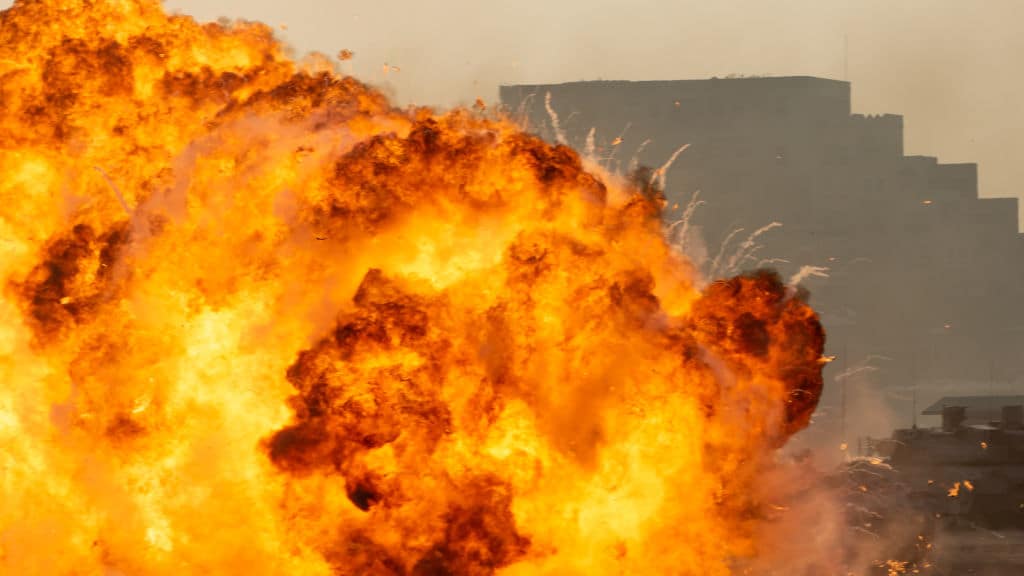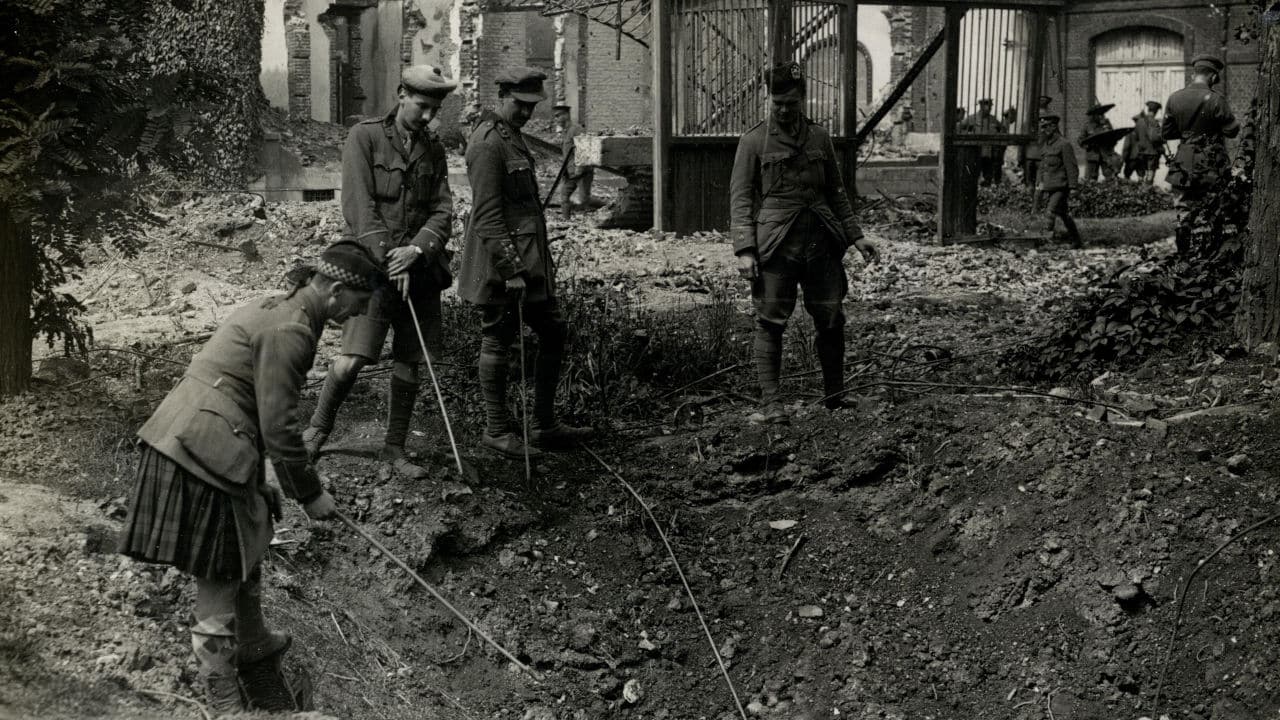Have you ever seen a person try to cover up their tracks from forensics experts by burning down an entire building or setting off an explosive in your favorite CSI movie?
This is because, with fire and explosions, it is often difficult to find evidence that is left behind since the fire has consumed almost everything that could have been left behind.
Can evidence still be found?
This question can only be answered by forensics experts in fire and explosion investigations.
No matter what a cause of action is about, there must be credible evidence to establish the cause in law. One of the most delicate aspects of cases and evidence is in the event of explosions and fire incidents.
Fire incidents are regrettable and devastating because there could be loss of lives and property. Even in situations like this, the law will not permit perpetrators to go scot-free.
This is why forensic science is an essential aspect of America’s criminal justice system. With the help of forensic analysis and engineering experts grounded in fire and explosion investigations, justice can be achieved.

When a forensics investigation is completed, forensics animation can be used to portray the heinous acts of the perpetrators to the jury.
Stauffer (2020), in his review of fire investigation, described the herculean task placed before forensics fire and explosion investigators and highlighted the two major steps in fire and explosion investigation.
He submitted that “fire investigation is a complex field of forensic sciences as it includes examinations of both the scene as a major component and the laboratory as a minor component. Paradoxically, the number of scientific articles is much greater for the laboratory than the scene.”
Even though it seems to laymen that a case has reached a dead end, with the aid of forensic experts who have been trained in this regard, some hidden facts can be brought to light.
How Do Forensic Experts Carry Out Fire And Explosion Investigations?
According to the National Institute of Justice, it was stated that fire and arson investigators examine the physical attributes of a fire scene and identify and collect physical evidence from the scene.
They then analyze the evidence to help them determine if the cause of the fire was accidental or deliberate.
Forensics experts go through the following steps to effectively carry out a fire and explosion analysis;
- Crime scene investigation
You may ask what evidence can be derived from a place that has been burned down except for soot, ash, and the entire charred outlook?
It may interest you to know that there are proven methods used by experts in gathering evidence.
Some of the things forensics experts watch out for in fire and explosion incident scenes include; fire patterns, burn injuries to victims, presence of ignitable liquids or other fuel distribution, tire impressions, footprints, an indication of forced entry, trace evidence (such as fibers, hair, blood, fingerprints and other body fluids), broken windows and doors, strange odors, distribution of debris and broken glass, weapons, bystanders, and many more indications.
An example of a case where forensics proved its sterling ability in a fire case is US v. Hebshie.
In the case above, the forensic expert was able to prove that the fire was intentional rather than accidental after examining the crime scene. They were able to testify about where and how the fire started. Laboratory analysis also came in handy in this case.
- Lab analysis
The next step in the investigation is laboratory analysis. Given the data gathered from the scene of the fire incident, a series of analyses can be carried out.
For instance, if trace evidence is gathered, a bunch of lab analyses can be carried out to discover the identity of the perpetrators. Analysis can also be carried out on tire impressions, footprints, and weapons.
When all these are completed, there can be possible leads to point out the perpetrators and discover if the crime was arson or if the fire or explosion was an unfortunate incident.
Forensics Animation in Fire and Explosion Cases:
Why is forensics animation important in some cases?
It is simply because of its multipurpose features.
In fire and explosion cases, forensics animation can be used to portray how the fire spread throughout the building or vessel or the cause, followed by the result being the explosion.
The animation gives a form of inside story about what went down at the scene of the incident. With forensics animation, a lot of perpetrators can be exposed, and possible compensation measures can be prescribed for victims of disheartening incidents.
With a highly experienced and dedicated forensics animation company, it is possible to get an admissible animation as evidence.






